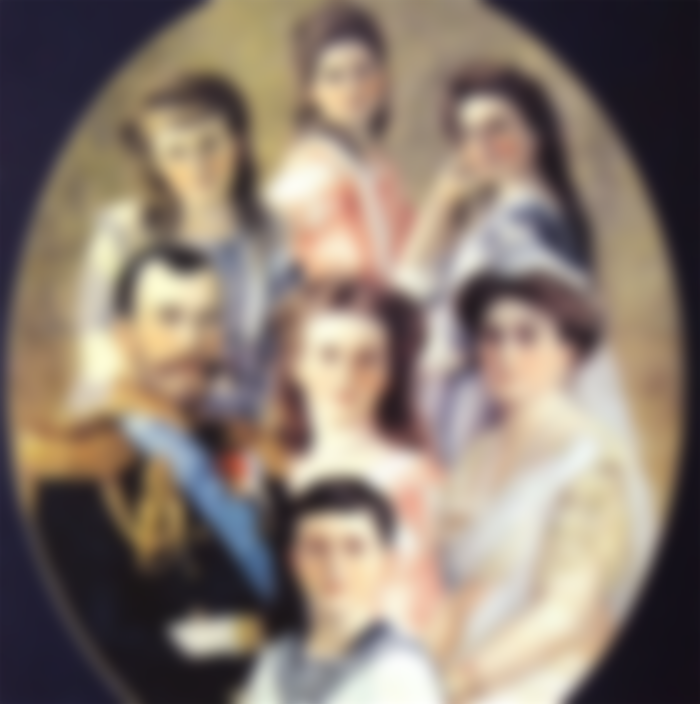
Queen Victoria ruled for more than 63 years, so an entire era is named after her - the so-called Victorian era.
She died in 1901. at the age of 82. She ruled Great Britain for a full 63 years and seven months, setting a record for that country, and by the length of her reign she was overtaken in September 2015 by the current Queen Elizabeth II.
During her reign, as many as ten prime ministers changed in Great Britain. Victoria was attached to her husband - Prince Albert of Saxony-Coburg-Gotha. She bore him as many as nine children. However, he died early so Victoria has spent the last nearly 40 years as a widow. Shocked by the death of her husband, she wore black practically for the rest of her life. Despite this, she allegedly determined for herself to wear white instead of black at her funeral. She was laid in a coffin in a white dress and with a wedding veil on her head.
Interestingly, she had as many as forty-two grandchildren, and she is also called the Grandmother of Europe because many of her descendants became European rulers.

British Queen Victoria I was the first member of the royal family to suffer from a dangerous disease, hemophilia, and which she then passed on to the rest of the family, but also across other monarchies in Europe.
She married her children to other royal families, which is why she was nicknamed the "grandmother of Europe".
However, although this seemed like a great move in diplomacy, it had great consequences for the health of members of the royal families in Europe and led to the emergence of the "royal disease".
Namely, Victoria was a carrier of hemophilia, a disease that prevents blood clotting and can result in greater blood loss after injury - as well as permanent damage.
Although it is easier to treat nowadays, it was often fatal then.

Victoria's daughter Princess Alice inherited the disease from her mother. She married a minor prince who would become Ludwig IV, Grand Duke of Hesse - a duchy that existed in West Germany until the end of the German Empire in 1918. Her youngest son died from complications of hemophilia when he was only three years old.
Namely, the boy fell out of the window and although he survived and soon became conscious, the internal bleeding could not be stopped.
Princess Alice's daughter, Princess Irene, was also a carrier of the disease and passed it on to her two of three sons, Prince Waldemar of Prussia and Prince Henry of Prussia.
Henry died four years after the fall, while Waldemar died when he was growing up, due to the lack of blood transfusion facilities in Bavaria.

Alexandra Fyodorovna was the fourth child of Princess Alice and the Russian Empress. She also suffered from hemophilia. Fyodorovna was the wife of the last Russian Tsar Nikolai II Alexandrovich, and her marriage meant that the disease also entered the Russian royal family.
She transmitted the disease to her youngest child, her son Alexei Nikolayevich, who was the only male heir to the Russian throne.
His parents tried to cure him of the disease through the controversial healer Raspucin, while they kept his poor health a state secret.
However, their faith in Raspucin led to a decline in her popularity, and the Bolsheviks executed her and her family by 1918.

The eighth child of Queen Victoria, Prince Leopold, was the first member of the royal family to show symptoms of the disease.
He died at the age of 30 after a minor fall, but he transmitted the disease to his only child, his daughter Alice, who was small when he died.
Princess Alice, the granddaughter of Queen Victoria, then transmitted the disease to her son Prince Rupert.
Rupert died at the age of 20 from bleeding after a car accident.
Queen Victoria's youngest daughter and her sweetheart, Princess Beatrice, was also a carrier of the disease. She married Prince Henry of Battenberg, and their third son, Lord Leopold Mountbatten, died at the age of 22 during knee surgery, was unmarried and had no children.





I have heard a lot about Queen Victoria but I have learned more from your article. Thank you dear friend for sharing the information with us